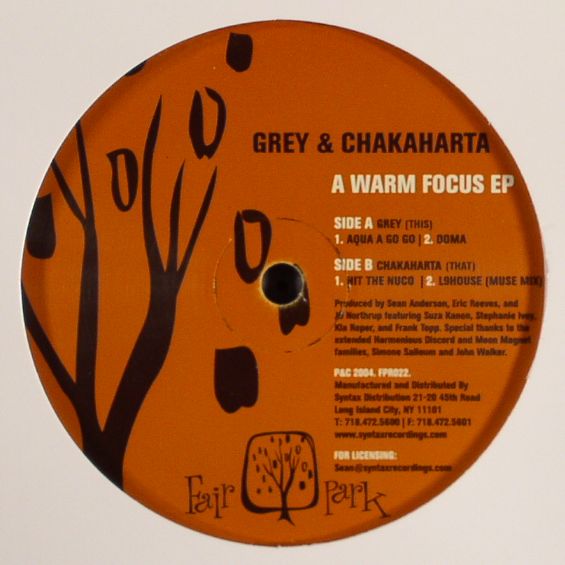Cool Tricks For Better Mixes
Posted on | September 3, 2009 | No Comments
I recently slugged through mixdown on my track Super Broken and found the following 5 tips invaluable:
1. Mono Is Awesome
I’ve heard this one a million times, but never actually tried it. This article does a great job describing the hows and whys: The Secret Benefits To Mixing In Mono. Among other great insights — if you sum to mono and listen through a single speaker, you get less room and cross-speaker interference.
2. FX Halos
This is a great trick for time-expanding effects like delays and reverb. In a word, duck your effects sends by the signals feeding them. The gradual release of your ducker / compressor creates a “halo” around the dry sound, as the effected tail glides up into the mix. This article does a great job describing how to set this up in Ableton Live.
3. The Law Of “Common Fate”
Learned this one from John Chowning, the father of FM synthesis, at a BArCMuT talk.
Gestalt psychology turns out to be a goldmine for some making abstract works of art (like electronic music). The law of “common fate”, according to Wikipedia, is: “Elements with the same moving direction are perceived as a collective or unit.”
Chowning’s example had to do with applying vibrato to FM string sounds, but it has applicability all over the mixing process.
For example, when “pumping” pads, hi-hats, and basslines in syncopation with the kick drum, the principle of “common fate” suggests your brain will gel them into a unit — providing more contrast between the upbeat and downbeat.
4. Embrace Subtle Delays
This is related to the previous point on “common fate”. I’ve found it’s very useful to use a short “ambience” ‘verb, and send low levels of many parts of the song in order to “seat” everything in an acoustic space. Again, this is an old trick, but I found this article illuminating in knowing what my brain wants to hear.
5. If You Make Dance Music, You Need To Be Able To Monitor Down To 28 Hz
And unless you’re in a really, really well-setup room with no neighbors, that means getting a good pair of ‘cans.
After extensive research into every pair of headphones I could find, I narrowed the field down to the Ultrasone HFI-550’s. Got mine off Amazon for $89. All I have to say is — 50 mm drivers (they don’t make the 550’s anymore, but the HFI-580’s are similar). I feel these come the closest to replicating the sound of your track playing over a nice club system — especially in the bass department. They didn’t sound great when I first got them (compared to a 4 year old pair I’d borrowed from a friend), but I’ve been burning them in with medium-loud pink noise and the bass extension is loosening up nicely. Update 2011: I don’t love the sound of the HFI 550’s after all. I found my old Sony MDR-V7506’s actually seem more faithful in the bass department, despite their smaller (40mm) drivers. The insight still stands — if you want to rock the subs, make sure you can hear the lows with your monitoring setup. A good pair of cans can help you check your mixes: you can hear the bass without the distractions of any room modes or other free-air acoustic problems.
If you can hear the sub-bass, you can mix the sub-bass. Simple as that.
Comments
Leave a Reply










